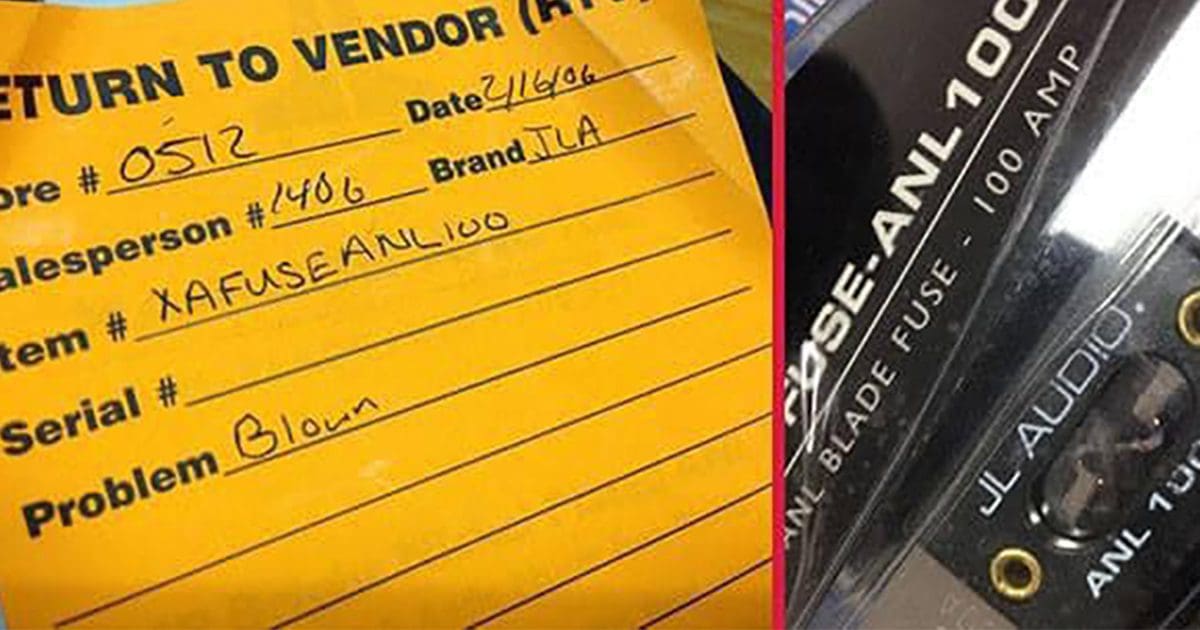Having worked at a car audio manufacturer for over 15 years, I can tell you without hesitation that warranty coverage contributes to the cost of the products consumers purchase. Unfortunately, while the failure rate of well-engineered car audio products is quite low, many consumers don’t understand how warranties work. So, let’s chat about car audio product warranties, what they should cover and what they shouldn’t.
What Is a Product Warranty?
Manufacturers of car audio products include a warranty to protect purchasers against buying an item with a manufacturing defect. Most car audio products are built in large batches of at least 500 units. Given the sheer quantity of parts, it’s not impossible that one of the components supplied by a third-party source could have an issue affecting the final product’s performance or reliability. For example, a radio or amplifier can easily have a bill of materials (BOM) with more than 250 components. The issue could be limited to a specific function (like a crossover on an amplifier or radio feature) or prevent the device from functioning. When it comes to speakers and subwoofers, the assembly process is a critical component in determining the performance of the speaker. How components like baskets, surrounds, spiders and voice coil formers are prepared can affect how well the glue adheres. In addition, the type of glue can affect reliability. The design and accuracy of assembly jigs and the amount of adhesive used in each joint are crucial to ensuring that each speaker’s performance is identical.
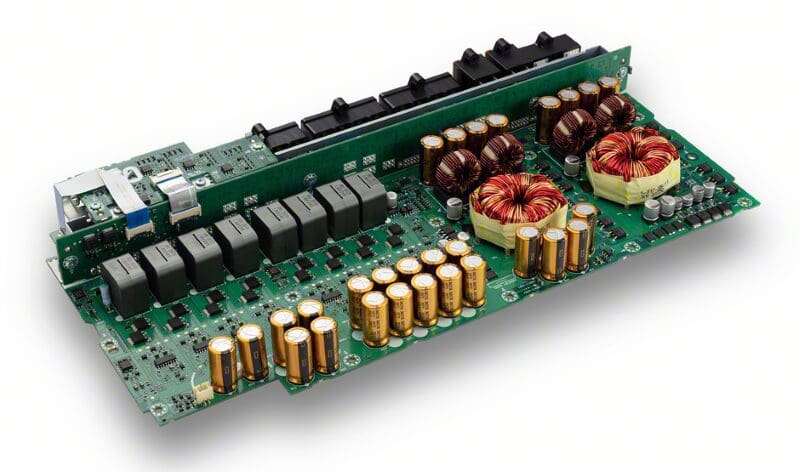
If you take the time to read the warranty card included with the product you’ve purchased, you’ll note that very specific guidelines surround the warranty. First and foremost, the length of the warranty will be outlined. Most car audio products carry a one-year warranty from the original date of purchase. Some premium solutions have two or three years of coverage. You will also note that some amplifier warranties are extended by a year when a wiring kit is purchased and used by an authorized retailer for the installation.
The next thing you’ll notice is that the warranty covers defects in materials or workmanship. The product warranty does not cover “accident, misuse, physical abuse, product modification or neglect, failure to follow installation instructions, unauthorized repair attempts, or misrepresentations by the seller.” Warranties don’t cover damage to other products. If a signal processor fails and damages a set of tweeters, the warranty on the processor doesn’t cover the speakers.
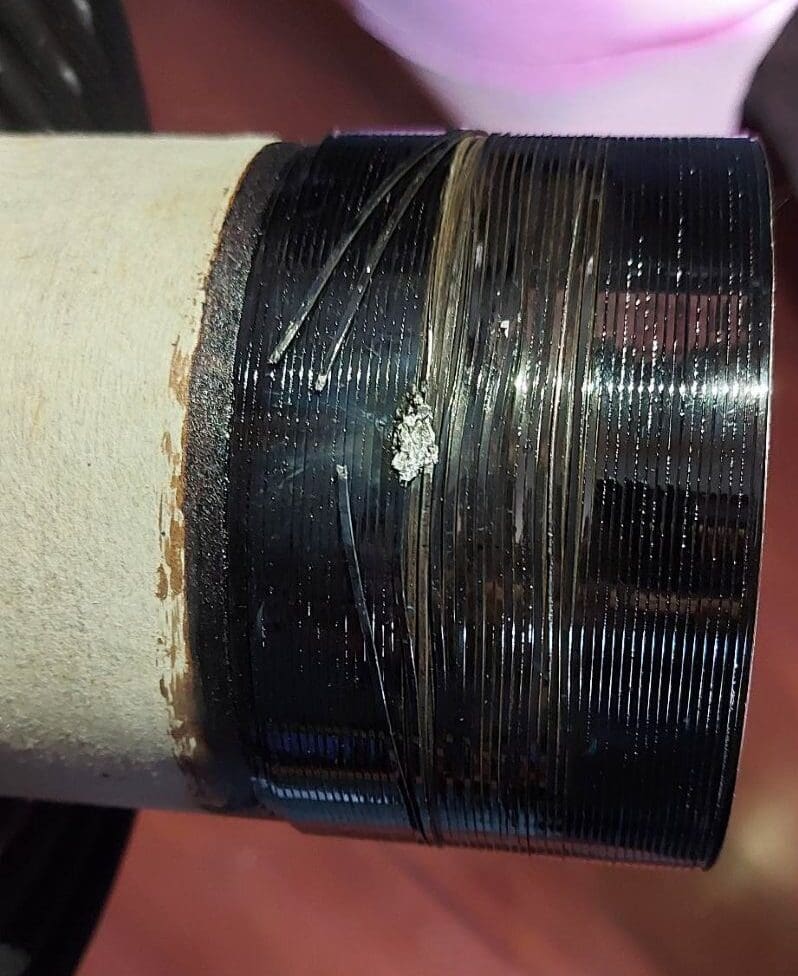
These warranties don’t cover items with the serial number removed or altered or products purchased from anywhere other than an authorized retailer. If you live in Canada and buy a product from the United States (for example), you must address any warranty claims with the U.S. office. Why? Well, I’m glad you asked. Typically, distributors outside the U.S. buy products from the manufacturer without any warranty. It’s up to that distributor to cover the warranty expenses. This means they won’t cover a warranty claim on a product they didn’t sell. Trust me when I speak from first-hand experience on this topic.
What’s Covered by a Warranty
Let’s talk about a few things a manufacturer’s warranty would cover. If you purchase a new radio or amplifier from a shop, and they install it, only to find out it doesn’t turn on, that would 100% be covered under warranty. If you’re dealing with a reputable retailer, they will often pull a second unit out of their inventory (if they have one in stock) and install it instead of the dead unit. The same goes for a speaker or subwoofer. If a buzz or rattle from a new speaker isn’t associated with the installation (rattling door parts or trim pieces, etc.), then the voice coil may not have been properly centered in the gap. The warranty should cover the replacement of the speaker. Let’s say you have a subwoofer system installed, and the dust cap on the sub comes loose or flies off after a few months. You bet that should be covered under warranty. The same goes for adhesive failures between the surround and the cone or the surround and the basket.
What Isn’t Covered by a Manufacturer Warranty
Remember, the warranty covers manufacturing defects. If you purchase a pair of subwoofers or new speakers and overheat the voice coil and cause it to unravel, that should not be covered under warranty. Burnt voice coils are not a manufacturing defect – it’s product abuse. I know; you are going to tell me you bought a 500-watt amp and a 500-watt sub, so there is no way you could overpower anything, right? If driven hard into clipping, your 500-watt amp can likely make 750 to 850 watts. That extra energy WILL damage the voice coil. If you want to make absolutely sure your amp can’t overpower the subwoofer, buy an amplifier with a maximum continuous power output rating that is half of the continuous power rating of the subwoofer. That would be a 250-watt amp on a 500-watt sub.
What if the joint between the spider and the voice coil former fails? This could go either way. If there are signs of the former being hot, it’s likely abuse. If there was a glue issue, then it should be covered.
If you blow a set of tweeters because you cranked a radio to the point that it was distorting, that’s abuse, and it shouldn’t be covered under warranty. I know your radio makes 20 watts, and your speakers are rated for 50 or 60, right? Read this article about how midrange speakers and tweeters are rated, with a thorough explanation of why your radio CAN damage those speakers.
If you decide to install a set of speakers yourself and your screwdriver slips off a mounting screw and goes through the surround or cone, that is NOT a manufacturing defect.
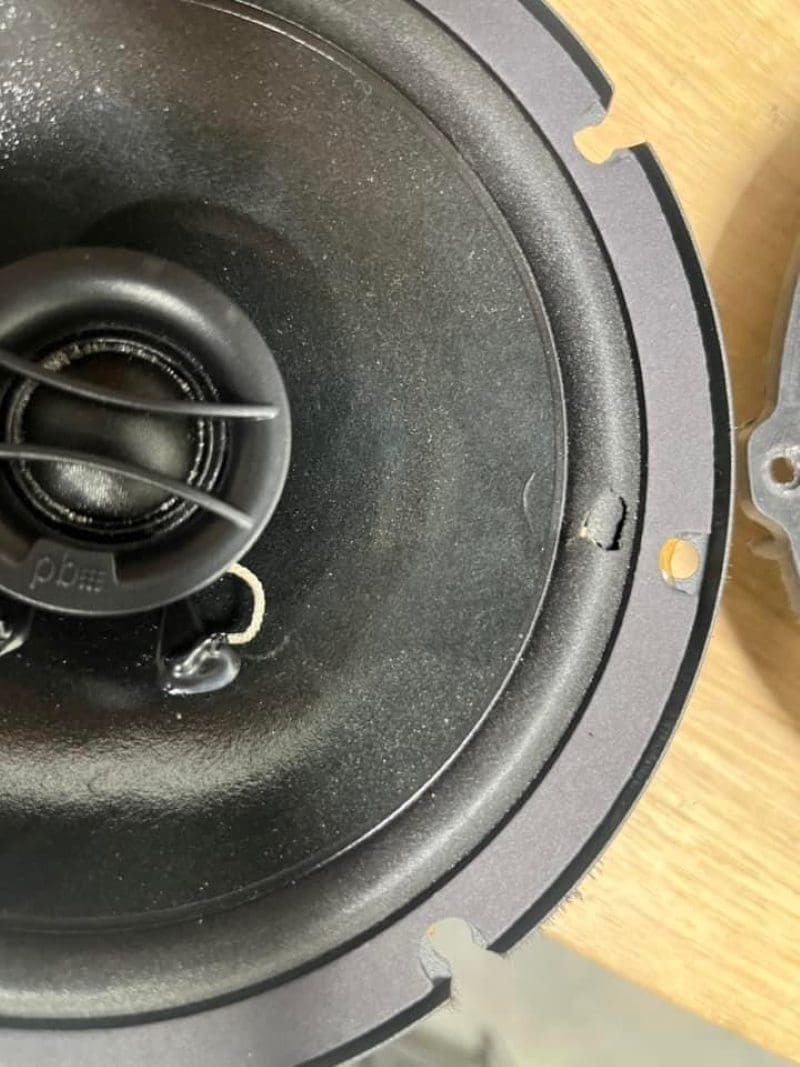
Suppose you buy a high-power amplifier but don’t upgrade the electrical system in your vehicle with a battery or alternator to support the amp, and the power supply section fails. In that case, that’s not a manufacturing defect.
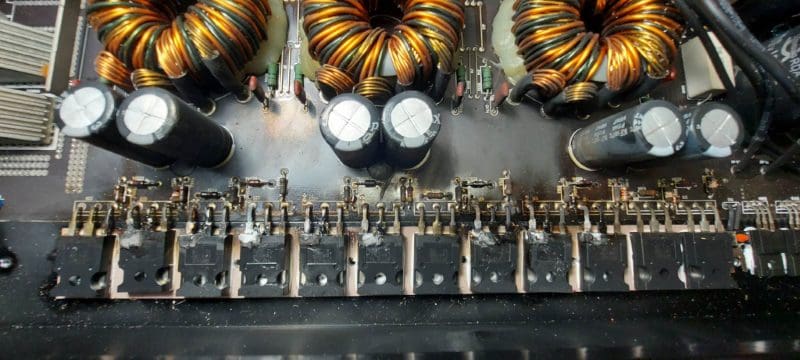
If an amplifier gets wet or is damaged by salt in the winter, that would not be covered under warranty.
Last, and certainly not least, if a fuse blows, that is not a manufacturing defect. We want to thank Manville Smith from JL Audio for kindly providing the lead-in image for this article. Someone sent in a blown ANL fuse to be covered under warranty.
Feature Issues Aren’t Warranty Issues
Have you ever purchased something to discover it doesn’t do what you want? A key example would be purchasing a new radio for your car. I can’t even remember the number of calls from consumers asking how to get the radio to do something it wasn’t designed to do. Some wanted a radio to display the backup camera image on a different monitor using the video output of the radio. To put it simply, the internal circuitry isn’t wired for that. It’s not something that can be changed. Using a radio on a display board for 15 minutes before you make a purchase is crucial to understanding what you are getting. Does it respond quickly? Does it connect to your phone reliably? Will it play all your music files from a USB memory stick? Does it boot quickly? Can you adjust the volume without looking at the screen? Make sure you test the radio before you agree to have it installed in your vehicle. How it works can not be changed.
Respect the Warranty and Be Honest
If you decide to install something yourself and there is a problem, please be honest with the retailer. Tell them what happened. Occasionally a manufacturer will have some allowance for repairing items that shouldn’t be covered. Keep in mind that these expenses are what contribute to the cost of the products you purchase. If nobody ever submitted warranty claims for items they damaged, you would pay less for the amplifiers, speakers, radios and subwoofers you want to buy. When it’s time to upgrade your stereo system, drop by a reputable specialty mobile enhancement retailer to learn about the best car audio solutions they offer.
